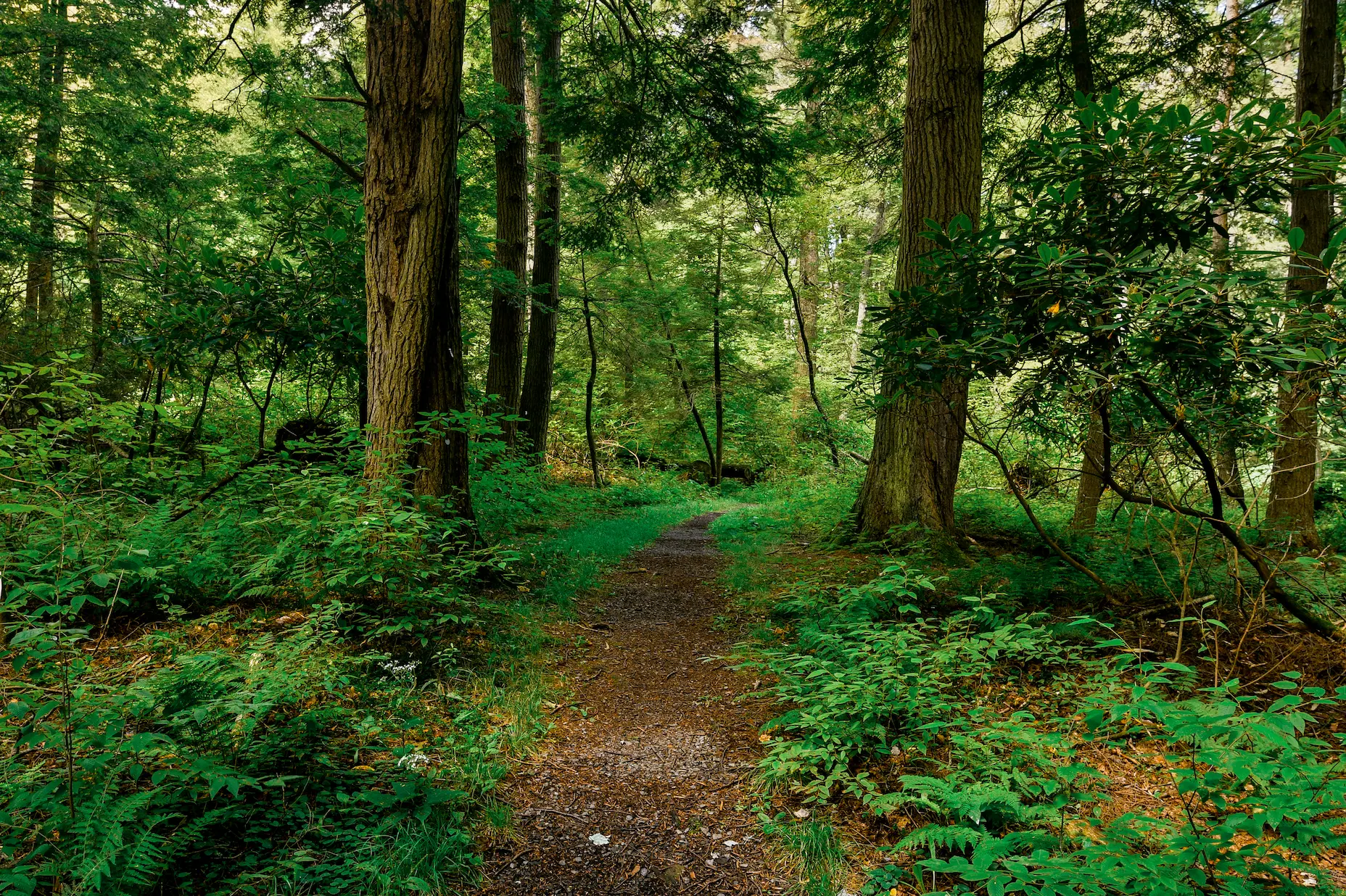Hay Dude
Epic Contributor
- Joined
- Aug 28, 2012
- Messages
- 25,368
- Location
- A Hay Field along the PA/DE border
- Tractor
- Challenger MT655E, Massey Ferguson 7495, Challenger MT555D, Challenger MT535B Krone 4x4 XC baler, 2-Kubota ZD1211’s, 2020 Ram 5500 Cummins 4x4, IH 7500 4x4 dump truck, Kaufman 35’ tandem 19 ton trailer, Deere CX-15, Pottinger Hay mower, NH wheel rak
Well, “Pride month” is over.
I guess we can all breathe a smoky sigh of relief and get back to recognizing lesser people, like veterans, past great presidents, etc.
I guess we can all breathe a smoky sigh of relief and get back to recognizing lesser people, like veterans, past great presidents, etc.

